Let’s Admit It. We Are Experiencing a Leadership Crisis.
The disconnect between historical leadership development, skills, and styles on one hand and the actual leadership needs in contemporary organizational settings on the other hand is disconcerting. What’s even more disconcerting, however, is the apparent ignorance of the disconnect itself! There is no deep mystery about what is going on, but the notion that something cryptic or baffling is at play is as troubling as the problem itself. This would be analogous to health care providers not knowing that COVID is caused by a respiratory virus, then being confused about why patients are sick.

Transformation as a Path to Surviving & Thriving in Hyper-Change World
Among other findings, they will describe how these career colleges with mediocre student outcomes, uninspired faculty and irrelevant programs were transformed into thriving institutions by carefully re-thinking their market, developing a linked product strategy, building non-Title IV revenue streams and delivering a compelling value proposition. English and Pond will further explore the leadership imperatives required to transform institutions that were struggling before the pandemic and now confront persistent challenges to their existence.

What We Know about Colleges and Universities that Have Thrived in a Declining Market
About 1,500 institutions of higher education that were operating in 2010 are no longer around today. Even more sobering, about 9,500 locations where students used to attend classes such as branch campuses and learning centers are also gone.

The survey also found that work stress doesn’t stay at work. Employees said it negatively affects their home life, well-being and relationships. Workers recognize the strain and say they’d be willing to make sacrifices, with 4 in 5 valuing good mental health over a high-paying job and two-thirds saying they’d take a pay cut for a job that better values their mental health.

Little Things Like This’: What MacKenzie Scott’s Millions Have Meant to HBCUs
“The utility of unrestricted funds cannot be overstressed,” said Kayla Elliott, director of higher-education policy at the Education Trust. She added that putting some of the funding towards supporting faculty indirectly supports students. “Oftentimes institutions have to make investments into faculty, investments into infrastructure, investments into indirect costs that don’t go directly to students in order to support students,” she said.

High inflation, large unfilled need for workers, soft college enrollment: Opportunity in the nexus?
The future of apprenticeships in the U.S. is worthy of sustained attention and discourse among the PSE sectors. As organizations such as the Urban Institute develop occupational frameworks and related technical instruction outlines for new occupations, colleges interested in participating would do well to develop curricula whose scope, sequence and content align with new, related technical instruction outlines that will be published in a few years. (https://www.urban.org/policy-centers/center-labor-human-services-and-population)

When “anything could happen,” students opt for shorter programs
It’s particularly important for colleges to demonstrate that they’re willing to meet students where they are. Many students from disadvantaged backgrounds are stopped by the feeling that their lives aren’t stable enough, Papageorge said.

Reimagining Higher Ed: Three Principles To Embrace For The Future
Higher education’s purpose is to promote academic and intellectual excellence. But in a changing world, we can all benefit from digging deeper into the “why” behind this goal. In the education sector, our “why” is simple: to serve students and communities.

California offers students $10,000 toward college for 450 hours of service work
California has announced a new college service program, called Californians for All College Corps, that will give eligible students $10,000 in exchange for 450 hours of volunteer work during an academic year. Up to 6,500 college students will be enrolled over the program’s first two years, beginning in fall 2022.

When Education Programs Bite the Dust
“That’s the biggest concern of all,” said Heather Sparks, director of teacher education at OCU. “We know we’re going to continue to need teachers, and yet we’re not doing a good enough job, collectively, at getting folks into the pipeline.”

Building The Post-COVID Adaptive Workplace in Higher Education
This shift will be built on key enablers that drive success in a hybrid environment: navigating virtual collaboration tools and telework platforms, implementing telework policies and procedures that maximize productivity and collaboration while minimizing data security risks, and adapting long-held in-person norms and culture. Institutions that are successful in making this shift will first assess their current landscape, then begin to address high-priority workplace components that impact faculty, staff, students, university finances, and operations.

The Impending Collapse in Higher Education
The underlying fundamentals have gotten quite a bit worse and it is arguable that a substantial swath of the higher ed industry may be vulnerable to collapse. No, that is not hyperbole. It simply reflects multiple underlying realities related to consumer behavior, market shifts, increasing student attrition, unsustainable business models, and substantial moves away from college degrees as credentials for employment.


6 Trends That are Emerging in Higher Education Technology
The shorter programs can take one to 10 hours to complete, while accredited ones typically take 1,000 to 5,000 hours to finish. These programs could be a lucrative model for universities, considering that the microcredential market is expected to double over the next three to five years. Meanwhile, the affordability of these popular programs will likely continue to promote diversity, equity and inclusion.

NHGs versus SCNCs: Pivot or transformation?
At minimum, a quick pivot seems in order. But what if the underlying disconnect between institutional mission/purpose/operations and sustainable growth/success is not a hairline fracture but a gaping chasm? Which institutions have the capacity to transform key indicators without engaging in deliberate organizational and operational transformation?

SUNY stops withholding transcripts from students with debt
Students often need proof of their academic record to transfer to another institution or apply for higher-level academic programs or employment. A movement to stop colleges from holding back the transcripts of indebted students predates the pandemic, but the health crisis’s fallout sharpened focus on the practice and others that fuel inequities.
Adult learners, low-income students, and those who are members of racial and ethnic minority groups are the most likely to have earned college credit but not a credential due to institutions withholding this paperwork, according to a 2020 report by research nonprofit Ithaka S+R.

No Matter What Else You Do, It’s Ultimately about Your People
What separates organizations who are losing employee commitment from those that are excelling? As is often the case, preserving or building employee engagement takes a clear, dedicated approach on the part of deliberate, compassionate leaders.

Calbright College: When Good Ideas Don’t Work
It is more than a little ironic that part of Gov. Brown’s motivation for starting Calbright College was to provide an alternative to for-profit vocational schools in California. Ironic, because one thing that career colleges almost always do better than public institutions, including Calbright, is student support, particularly as it relates to career services.

Case Studies in the Price/Value Proposition of Post-Secondary Education
At the behest of former U.S. Senator Lamar Alexander and the support of former Governor Bill Haslam, Tennessee implemented “free community college” under the Tennessee Promise Program in 2015. In its first six years, the program supported nearly 12,000 students across 84 counties. One eastern Tennessee region reported a 90 percent gain in enrollment in 2016 compared to 2008. Other states and localities have mimicked the policy and now at least 24 “Tennessee Promise” clones operate across the U.S.

Even Harvard Has to Care about the Student Value Proposition – Or Not
What’s really interesting about Harvard’s decision is that rather than explore how they might create a better value proposition for undergraduate education students, Harvard being Harvard, with the help of a $40M donation, shifted the cost to external donors and moved the program to the graduate level, where it will be part of a fifth-year program largely funded by an external source rather than by student-customers.
